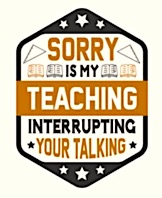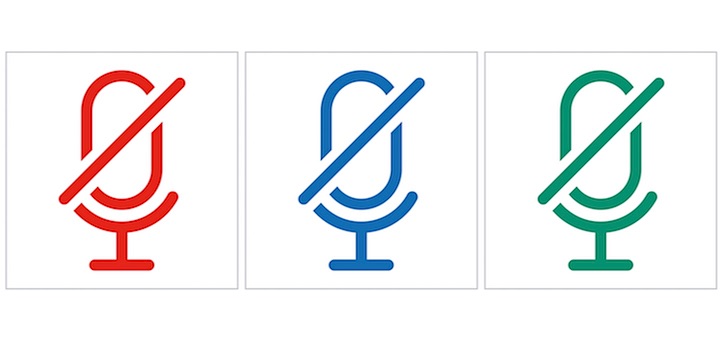Do You Sometimes Miss the Mute Button?
A MiddleWeb Blog

Don’t get me wrong. I am full of joy to be back face to face with my middle school kids. I love hearing them laugh, tease each other, raise their hands frantically and then forget what they’re going to say.
I love watching them take risks by saying something vulnerable or controversial and then helping them to co-create a safe, calm discussion space.
But I’ll be honest – I miss the mute button. And those cute little “raise your hand” icons. Weren’t they cute? And… powerful?
In spite of the huge technological challenges we all faced, Zoom conversational controls provided a means by which I could keep my fingers (literally) on what my kids said, and when and how they said it.

So I suppose it’s perfect timing to have even more rugs pulled out from under me and begin to learn that interruptions, in specific, are culturally defined.
The cultural roots of interruptions
Typically I handle conversational norms in my classroom one of three ways:
a) by co-creating general behavioral norms with my kids;
b) by co-creating specific conversational norms with my kids; and
c) by explicitly practicing group conversations.
In theory, this way kids get used to the techniques that adults (should) use to communicate: piggybacking, using tags like “let me push back a little on that,” listening to someone’s entire statement before speaking, inviting someone else to speak, apologizing for talking over someone.
I first learned that these norms are actually white-dominant, middle class, and often geographically determined this summer, while listening to a wonderful Hidden Brain podcast episode that interviewed Dr. Deborah Tannen of You Don’t Just Understand book fame. She popped up again in the New York Times this weekend.
Her point: Interruptions, although they CAN be rude and suppressive (especially to women), are not universally so. Often, including and especially in conversations that are not among white people, they are actually indicating engagement and enthusiasm.
Which makes me reflect on the many, many times that middle school kids interrupt me and each other – particularly when most of my ENL kids are not coming from the dominant culture.
Is Janel simply being his usual delightful but sometimes overbearing self when he talks over me, or is he actually engaging with our words in a way that indicates his interest and energy? When I lose patience with Suelyan when she asks yet another question in the middle of my answering her first question, am I actually squelching her ability and desire to participate in class?
New directions
I have no easy answers for this. I don’t think the answer is just to let kids run over each other verbally. In my experience, there are times where the middle school brain is simply (and predictably) running far ahead of the middle school mouth, and that has nothing to do with culture.
There are also times, too many, when I watch as my female students subside into silence as my male students try to get into a machismo-laced shouting match.
I’ve begun by pitching our norms carefully as “a way of speaking”– not the BEST way of speaking, or the RIGHT way of speaking, but simply one of many ways of speaking – one which honors each voice when there are many different voices in the room. That seems to have landed okay.
Next steps might include talking about interruptions explicitly and coming to some decisions together about what “cooperative overlapping” looks like, versus inattention; or analyzing video of real adult conversations (in many cultural contexts, not just white middle class ones). It might even include some reading on impulse control and the teen brain (which we should be doing anyway).
And, most importantly, I have to examine and re-examine my own attitudes about conversational patterns. When I long for the control of Zoom, why is that? When I feel my frustration boil over at a consistently interrupting student, what emotional button is being pushed in me, and why?
Maybe after a few weeks of this closer consideration we – students and teacher alike – won’t be pining after the mute button.
































